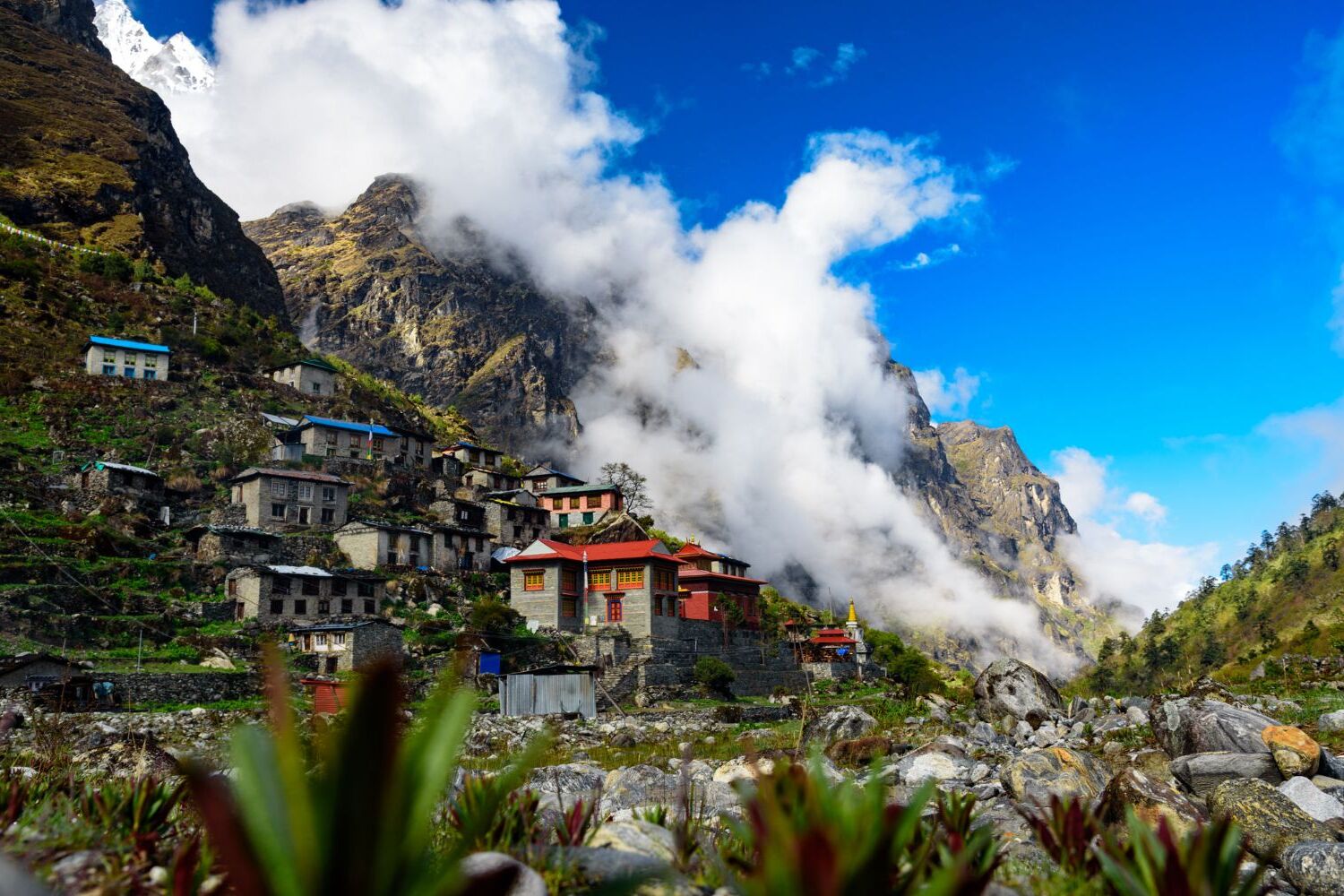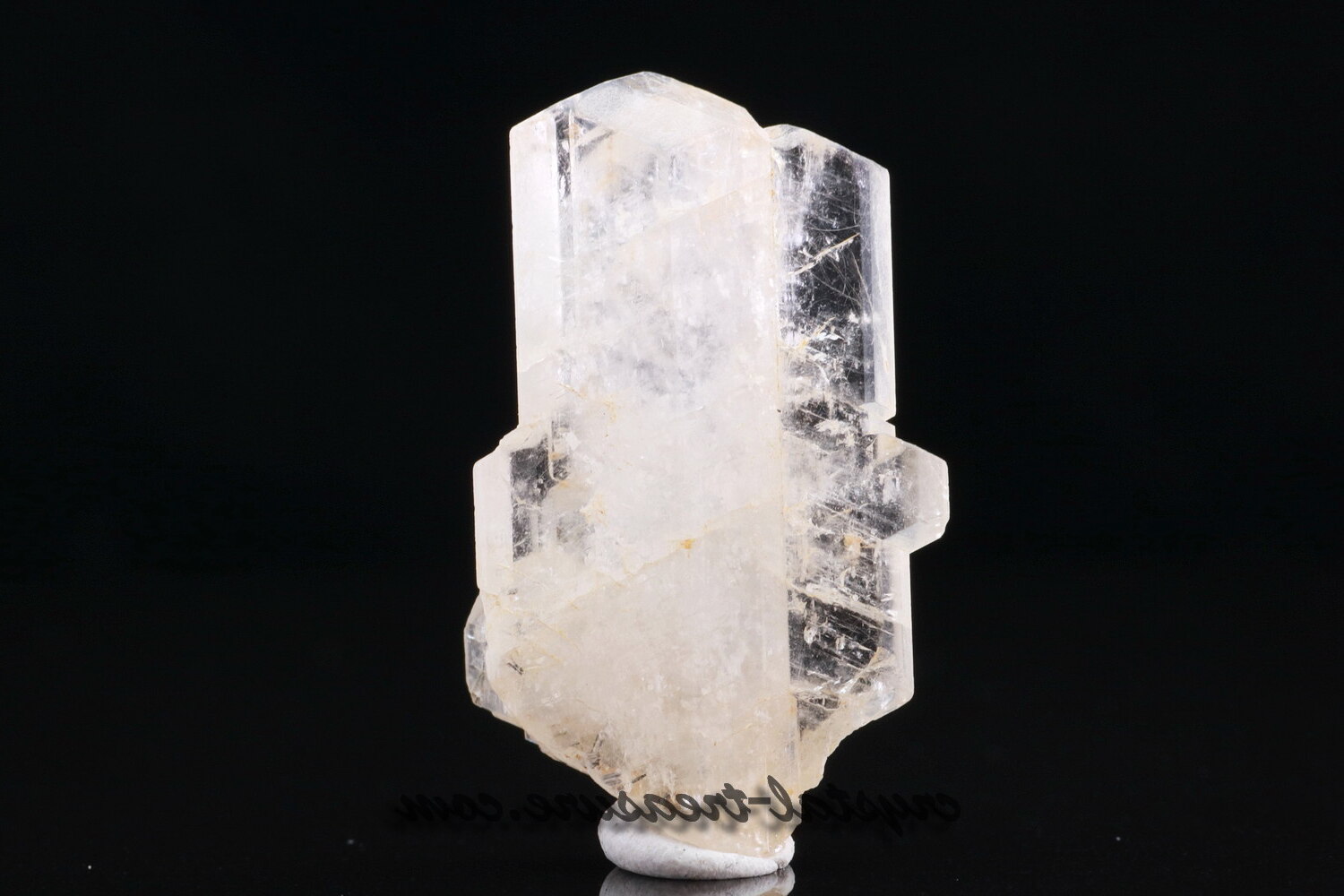
Have you ever wondered what makes Nepal so unique? Nestled between India and China, Nepal is a land of stunning natural beauty, rich cultural heritage, and diverse geography. From the towering peaks of the Himalayas to the lush green valleys and vibrant cities, Nepal offers a fascinating blend of history, culture, and adventure. With a population of around 32 million, this landlocked country is predominantly Hindu, yet it embraces a variety of ethnic groups and languages. Whether you're drawn to its ancient temples, bustling markets, or breathtaking trekking trails, Nepal has something for everyone. Let's dive into 50 intriguing facts about this captivating country!
Key Takeaways:
- Nepal, a diverse landlocked country in South Asia, boasts stunning geography, rich cultural heritage, and a population of around 32 million people. Its festivals, cuisine, and Mount Everest make it a must-visit destination for adventure and culture enthusiasts.
- With a literacy rate of approximately 70%, Nepal's vibrant tapestry of ethnic groups and languages reflects its cultural richness. From the majestic Mount Everest to its UNESCO World Heritage Sites, Nepal offers a unique blend of natural beauty and historical landmarks.
Location and Geography
Nepal is a land of stunning contrasts, from towering mountains to lush plains. Its unique geography shapes the country's culture and lifestyle.
- Nepal is a landlocked country in South Asia, bordered by India and China.
- It spans approximately 147,181 square kilometers (56,827 square miles).
- The country features diverse geography, including the Himalayan mountain range, the Terai plains, and the mid-hills.
Population and Demographics
Nepal's population is a rich tapestry of ethnic groups and cultures, each contributing to the nation's vibrant identity.
- As of 2024, Nepal's population is around 32 million people.
- The country is home to various ethnic groups, such as the Newars, Tharus, and Sherpas.
Capital City
Kathmandu, the heart of Nepal, is a city steeped in history and culture, offering a glimpse into the nation's past and present.
- The capital city of Nepal is Kathmandu.
- Kathmandu is the largest city in the country.
- It is known for landmarks like the Boudhanath Stupa and the Pashupatinath Temple.
Language
Nepal's linguistic diversity reflects its cultural richness, with numerous languages spoken across the country.
- The official language of Nepal is Nepali.
- Many other languages are spoken in different regions.
- English is widely used, especially in urban areas and among the educated population.
Religion
Religion plays a significant role in the daily lives of Nepalis, influencing their traditions and festivals.
- About 81% of the population follows Hinduism.
- Buddhism is also widely practiced, particularly in the northern regions.
History
Nepal's history is marked by the rise and fall of various dynasties, each leaving its mark on the nation's heritage.
- Nepal's history dates back to the Licchavi period (300-750 AD).
- The country has been ruled by dynasties like the Malla, Shah, and Rana.
Government
Nepal's political landscape has evolved significantly, culminating in its current federal democratic republic structure.
- Nepal is a federal democratic republic with a multi-party system.
- The current constitution, adopted in 2015, established a federal structure with seven provinces.
Economy
Nepal's economy is diverse, with agriculture, tourism, and remittances playing crucial roles.
- The economy is primarily based on agriculture, with rice, wheat, and maize as major crops.
- Tourism and remittances are significant contributors to the economy.
Tourism
Nepal's natural beauty and cultural heritage make it a popular destination for tourists from around the world.
- Tourism is a major contributor to Nepal's economy.
- The country attracts millions of tourists each year for its natural beauty, cultural sites, and adventure activities.
Cultural Festivals
Nepal's festivals are a vibrant expression of its cultural diversity, celebrated with great enthusiasm.
- Nepal celebrates numerous cultural festivals throughout the year.
- Significant festivals include Dashain, Tihar, and Bisket Jatra.
Traditional Clothing
Traditional clothing in Nepal varies by region and reflects the country's cultural diversity.
- Traditional Nepali clothing includes the sari for women and the dhoti or lungi for men.
- The sari is typically worn with a blouse and a shawl, while the dhoti is wrapped around the waist and legs.
Cuisine
Nepali cuisine is a delightful blend of flavors influenced by its neighbors and local traditions.
- Nepali cuisine combines Indian, Chinese, and Tibetan flavors.
- Popular dishes include dal bhat (lentil soup with rice), momos (dumplings), and gorkhali lamb (spicy lamb curry).
Tea Culture
Tea is an integral part of daily life in Nepal, enjoyed by people of all ages.
- Nepal is famous for its tea, particularly the Nepali masala chai.
- Masala chai is a spiced tea made with black tea leaves, milk, sugar, and spices.
Education System
Education in Nepal has seen significant improvements, though challenges remain, especially in rural areas.
- Nepal has a public education system with primary, secondary, and higher education levels.
- Several private schools and universities also operate in the country.
Literacy Rate
Efforts to improve education have led to a notable increase in literacy rates across Nepal.
- As of 2024, Nepal's literacy rate is approximately 70%.
- Government initiatives and increased access to education have driven these improvements.
Healthcare System
Nepal's healthcare system includes both public and private facilities, though access varies by region.
- The healthcare system is primarily public, with government-run hospitals and clinics.
- Private healthcare facilities are also available, especially in urban areas.
Climate
Nepal's climate varies widely, from tropical in the lowlands to alpine in the mountains.
- The country experiences four distinct seasons: spring, summer, autumn, and winter.
- The Terai region has a tropical climate, while the Himalayas have an alpine climate.
Natural Resources
Nepal's natural resources are vital to its economy and include water, forests, and minerals.
- The country is rich in natural resources like water, forests, and minerals such as copper, iron, and limestone.
Wildlife
Nepal's diverse ecosystems support a wide range of wildlife, some of which are rare and endangered.
- Nepal is home to wildlife like the Bengal tiger, snow leopard, and red panda.
- Several species of birds and reptiles also inhabit the country.
Mount Everest
Mount Everest, the world's highest peak, is a symbol of Nepal's natural grandeur and a major attraction.
- Nepal is home to Mount Everest, also known as Sagarmatha in Nepali.
- The mountain is a major tourist attraction and a source of national pride.
Trekking Trails
Nepal's trekking trails offer breathtaking views and challenging adventures for trekkers from around the globe.
- Famous trekking trails include the Everest Base Camp Trek and the Annapurna Circuit.
- These trails attract thousands of trekkers each year.
Adventure Sports
Nepal's diverse geography provides ample opportunities for various adventure sports.
- Adventure sports like rafting, paragliding, and bungee jumping are popular in Nepal.
- The country's landscape is ideal for adventure enthusiasts.
Cultural Heritage Sites
Nepal's rich cultural heritage is preserved in its numerous UNESCO World Heritage Sites.
- UNESCO World Heritage Sites in Nepal include the Kathmandu Valley, Bhaktapur Durbar Square, and the Lumbini Sacred Garden.
Historical Landmarks
Nepal's historical landmarks offer a glimpse into its rich past and cultural legacy.
- Notable landmarks include the Boudhanath Stupa, Pashupatinath Temple, and the Swayambhunath Temple.
Festivals and Celebrations
Nepal's festivals are celebrated with great fervor, each with unique traditions and customs.
- Dashain is a major festival celebrated over 15 days.
- Traditional music and dance, such as the Kumari dance and the Bhadgaunle dance, are integral to these celebrations.
Nepal's Unique Charm
Nepal stands out with its breathtaking landscapes, rich cultural heritage, and diverse geography. From the towering peaks of the Himalayas to the bustling streets of Kathmandu, every corner of Nepal offers something special. The country's blend of Hinduism and Buddhism, vibrant festivals, and traditional music and dance create a unique cultural tapestry. Adventure seekers flock to Nepal for trekking, mountaineering, and other thrilling activities. Despite facing challenges in education, healthcare, and economy, Nepal continues to make strides towards improvement. The nation's commitment to environmental conservation and sustainable development showcases its dedication to a better future. Whether you're drawn by the allure of Mount Everest, the charm of traditional festivals, or the warmth of its people, Nepal promises an unforgettable experience. This fascinating country truly has something for everyone.
Frequently Asked Questions
Was this page helpful?
Our commitment to delivering trustworthy and engaging content is at the heart of what we do. Each fact on our site is contributed by real users like you, bringing a wealth of diverse insights and information. To ensure the highest standards of accuracy and reliability, our dedicated editors meticulously review each submission. This process guarantees that the facts we share are not only fascinating but also credible. Trust in our commitment to quality and authenticity as you explore and learn with us.


